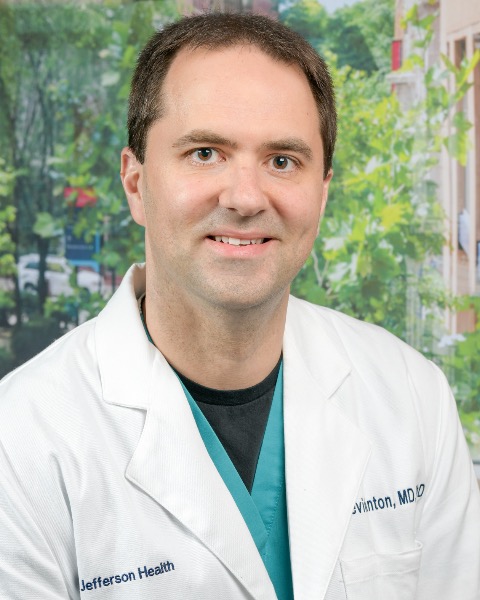SIR 2025
Interventional Oncology
Scientific Session
Late Breaking Abstracts
Preliminary Evidence from the Ongoing Multicenter NEUWAVE Observational Liver Ablation (NOLA) Registry: Outcomes of Microwave Ablation for Hepatocellular Carcinoma Tumors

Ziv J. Haskal, MD (he/him/his)
Professor/Vice Chair
Univ of Virginia, United States- TW
Tze Min Wah, PhD FRCR EBIR
Consultant Diagnostic and Interventional Radiologist
Leeds Teaching Hospitals Trust, United Kingdom 
Kevin Anton, MD, PhD (he/him/his)
Assistant Professor of Radiology
Thomas Jefferson University Hospital, United States- KC
Kyle Cooper, MD
Faculty
Loma Linda University Health, United States - CY
Chang Jin Yoon, MD, PhD
Professor
Seoul National University Hospital, Republic of Korea
Presenting Author(s)
Author/Co-author(s)
To report preliminary safety and efficacy data of microwave ablation (MWA) for the treatment of hepatocellular carcinoma (HCC) tumors, a subset of the ongoing, 24-site NEUWAVE Observational Liver Ablation (NOLA) registry.
Materials and Methods: NOLA is prospectively and retrospectively enrolling up to 1,500 adults undergoing MWA using NEUWAVE™ (NeuWave Medical, Madison, WI) for primary or metastatic hepatic tumors with a 5-year follow-up. Between August 2010 and October 2024, 587 patients (88.9% prospectively enrolled; 78.7% male; median age 67 years [23-89]; Child-Pugh scores were 51.2% Class A, 10.2% Class B, 0.7% Class C, and 37.8% Not Applicable; 88.4%, 8.2%, 3.1%, and 0.3% of patients had one, two, three, and four tumors treated, respectively) had 673 HCC tumors (1.8 cm median maximum diameter [0.2-7.8]; 94.1% primary, 0.5% local metastasis, and 5.4% recurrent; 72.3% in the right lobe) treated during the initial ablation session (96.1% percutaneously; 76.1% under general anesthesia; 62.5% used one probe, 30.9%, 6.0%, 0.5%, and 0.2% used two, three, four, and five probes, respectively, often based on tumor size; median Watts 65.0 [30.0-140.0]; median ablation time 10.0 minutes [0.1-100.0]; median minimal ablation margin 5.0 mm [0.0-34.0]). Median hospital stay was 42.5 hours (3.8-696.8).
Results: Technical Success was achieved in 98.2% of tumors and Technique Efficacy in 94.6% of tumors (assessed 7 days - 3 months post-ablation). Cumulative incidence of first Local Tumor Progression was 6.9%, 13.1%, and 16.1% at 1-, 2-, and 3-years post-ablation, respectively (median follow-up 20.9 months [0.0-60.6]), per site standard-of-care imaging, estimated using product-limit method and accounting death as a competing risk. Device-related serious adverse events (SAEs) occurred in 1.2% (7/587) of patients (none fatal). Procedure-related SAEs occurred in 11.9% (70/587) of patients; 4 (1.5%, 4/266) resulted in death and 1 occurred within 30 days of a re-ablation (deranged liver function tests). Overall survival was 95.1%, 83.3%, and 76.5% at 1-, 2-, and 3-years post-ablation, respectively.
Conclusion: This preliminary data affirms that hepatic MWA using NEUWAVE is an effective and safe treatment option for HCC tumors with a median size of 1.8 cm (0.2-7.8 cm). As NOLA completes enrollment, 40 additional HCC patients are expected, allowing for future subgroup analyses (e.g., outcomes based on tumor size, location, number of probes, minimum margins, etc.), particularly as patients complete the 5-year follow-up period.


.jpg)